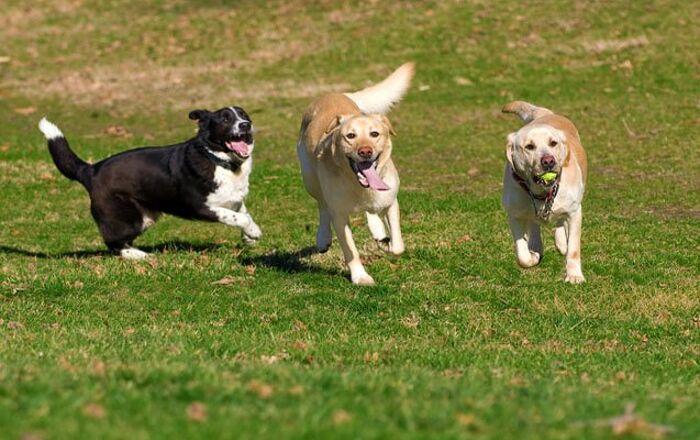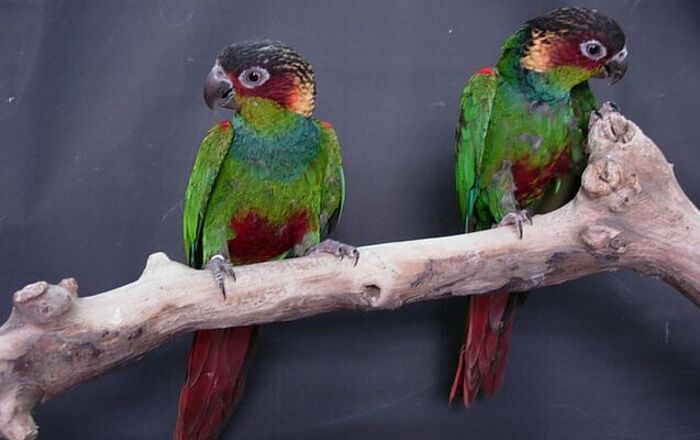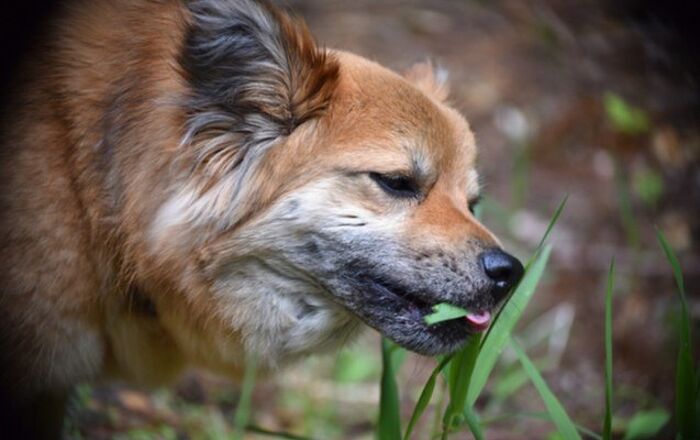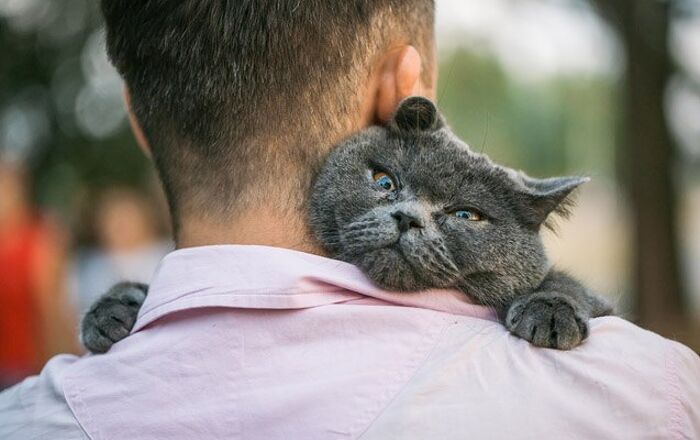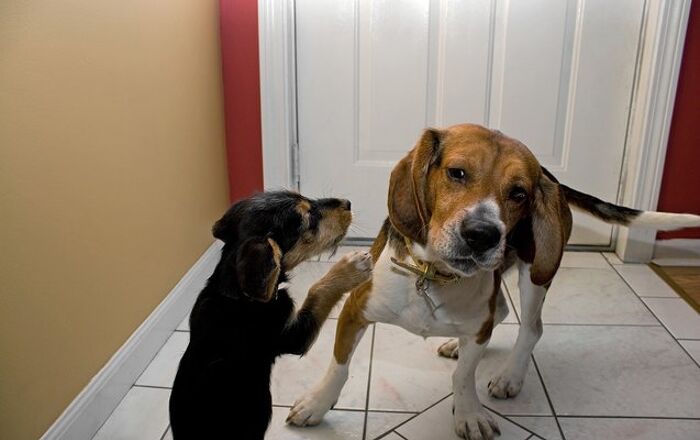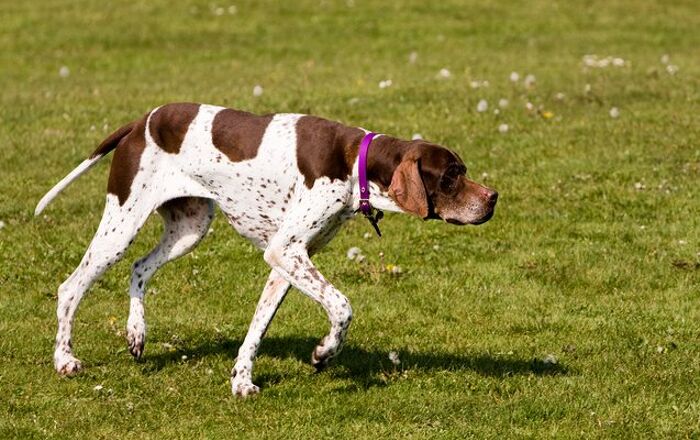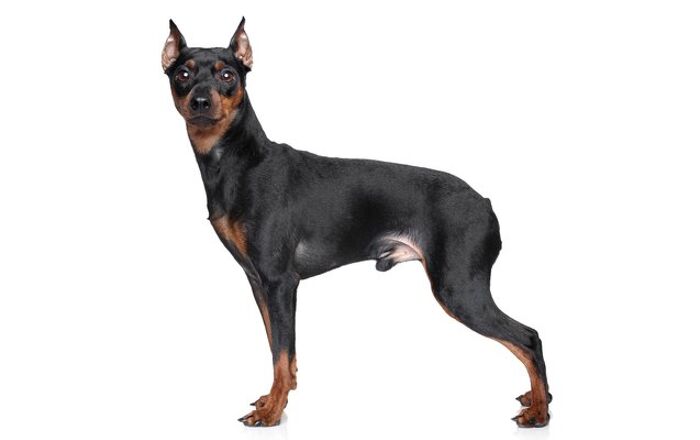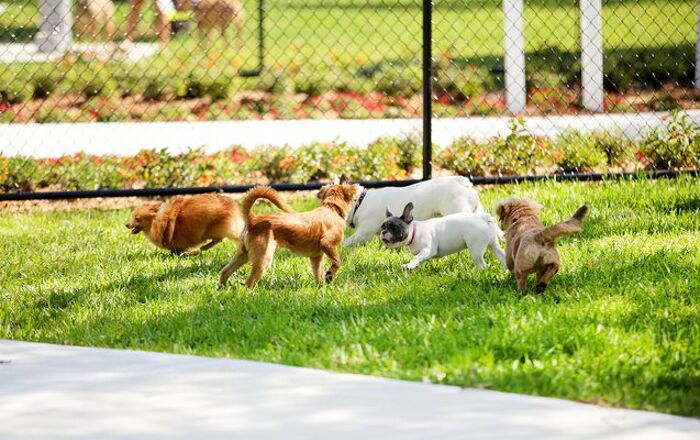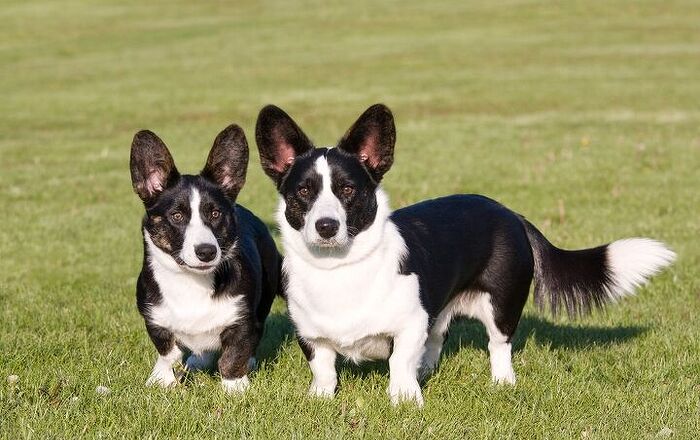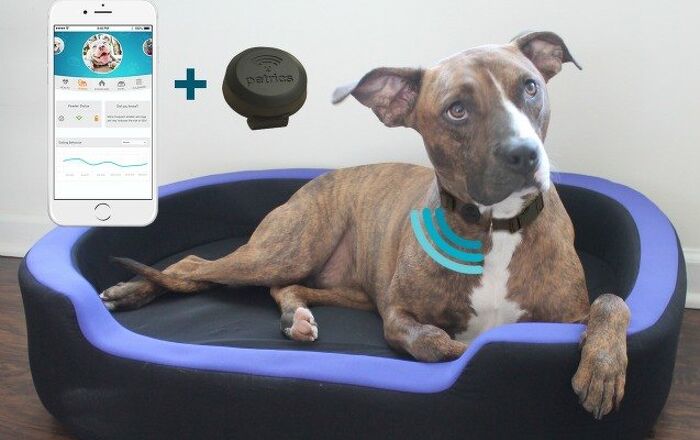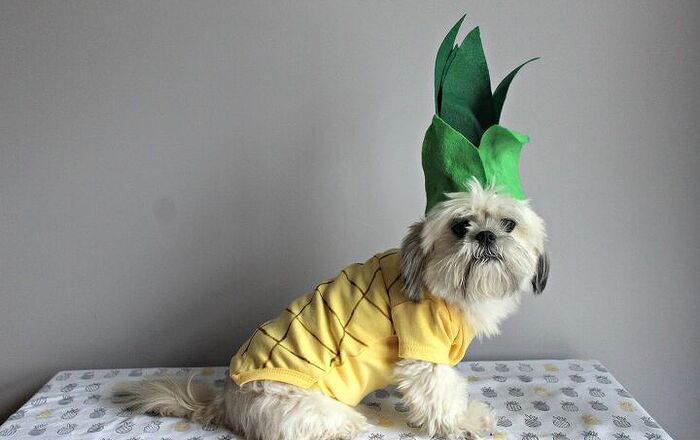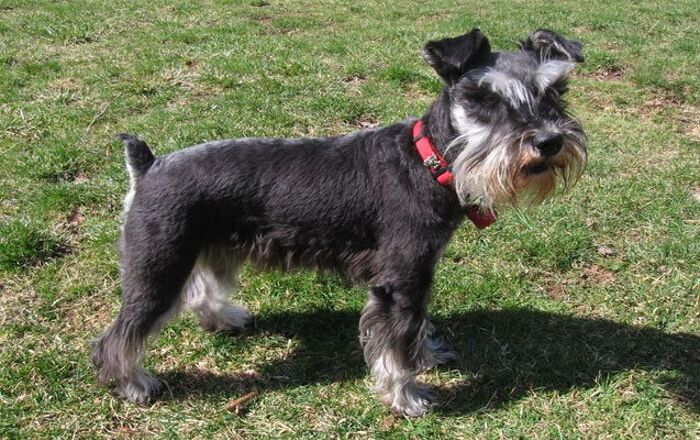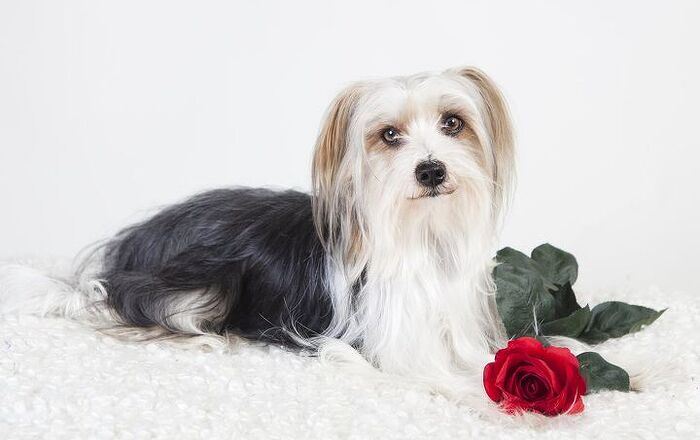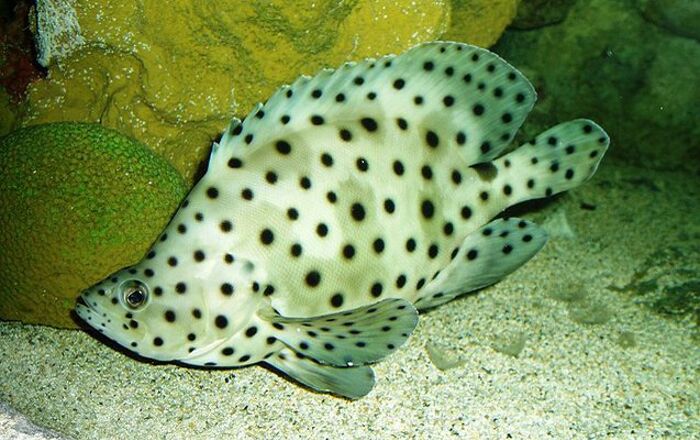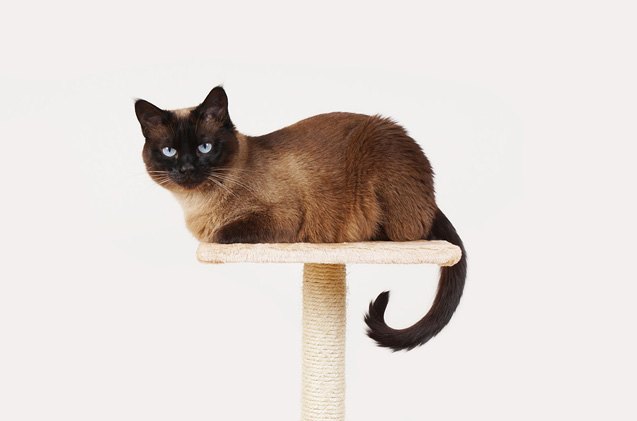
Happy? Angry? Upset? You may be reading the signs all wrong. What does it mean when a cat wags its tail?
Just like dogs, cats use their tails to communicate with fellow felines and their human companions. But it can be difficult to interpret what a cat’s tail position signifies. For example, does a wag indicate a happy or angry cat? What does it mean when a cat wags its tail – is there a way to read this “tail language”?
If you’re interested in learning more about your cat’s behavior, here are a few of the messages your kitty is sending you by moving his tail in various ways.
Related:How To Understand Cat Body Language
Tail Thumping May Be a Sign of Annoyance
When a cat wags his tail, it might signify that he isn’t enjoying the current situation. The tail wagging may be a warning sign to let you know that your kitty’s patience is running low.
Tail thumping, in particular, could be a sign to back off. So if you’re petting your cat and his tail begins thumping steadily, he might be letting you know that he doesn’t really want to be petted much longer. Gauge his expression and the rest of his body, including his ears, to determine if he’s annoyed or not.
Even though cats are really loving and affectionate, they also have limits, so too much attention could cause your kitty some stress. It’s probably a good idea to stop interacting with your cat when he begins showing signs of being stressed, one of which is tail thumping.
Related:Are You Petting Your Cat Wrong?
Tail Flicking Could Indicate Anger
If your cat is holding his tail in a lowered position but it’s extending rigidly away from the body and flicking side to side, this could be a warning sign that your cat may become aggressive because he isn’t happy.
You may have noticed this type of tail wagging while at the vet’s office, as some cats will flick their tails on the exam table to let everyone know that they want to go home.
Contrast this with a cat who’s at ease and observing his environment. In that case, his tail might still be lowered, but it will be more relaxed and move with less rigidity and force from side to side.
An Upright Tail Could Mean Several Things
If your kitty is holding his tail in a vertical, upright position, he may be in a playful state of mind. Motion from side to side will usually constitute a greeting in this case because the pet is seeking interaction.
But if the tail is upright and quivering, and your kitty has backed up against a piece of furniture or a wall, s/he might be spraying to mark territory. However, cats will also make this motion without spraying while they’re trying to get your attention, or they might simply be pretending to spray in order to claim ownership.
And if the tail is upright but in a concave position, your kitty may be behaving defensively and may become defensively aggressive. In other words, he doesn’t really want any interaction.
A Tail Between the Legs or a Puffed Tail Indicates Fearfulness
Cats, like dogs, will exhibit fear or submission by tucking their tails between their legs. If your kitty is frightened and is exhibiting this lack of tail wagging, it’s best to reduce or eliminate whatever stimulus is causing him stress and make an effort to comfort him and calm him down.
Also, if your cat becomes frightened, his tail may puff out and stand up straight while his back arches, and it will take a couple of minutes for it to go back to normal once the stressor is gone.
Recognize a Happy Tail
If your cat’s tail is held high in a relaxed manner, with a little bit of a wagging motion going on at the end of the tail, this means that your kitty is content, ready for attention, and playful.
This is different from a tail that twitches while your kitty is on the hunt, anticipating getting his prey or getting annoyed that he can’t reach the delicious looking birds outside the window.
Consider the Rest of the Body
Even though your cat’s tail position and movement can tell you quite a bit about his current state of mind, remember that it isn’t the only way to assess your pet’s emotions. Take a look at his eyes, ears, and overall posture to get a full picture of what he’s trying to tell you so that you can properly interpret feline body language. Knowing your individual cat’s behavior is the best way to assess what his tail wagging means.
